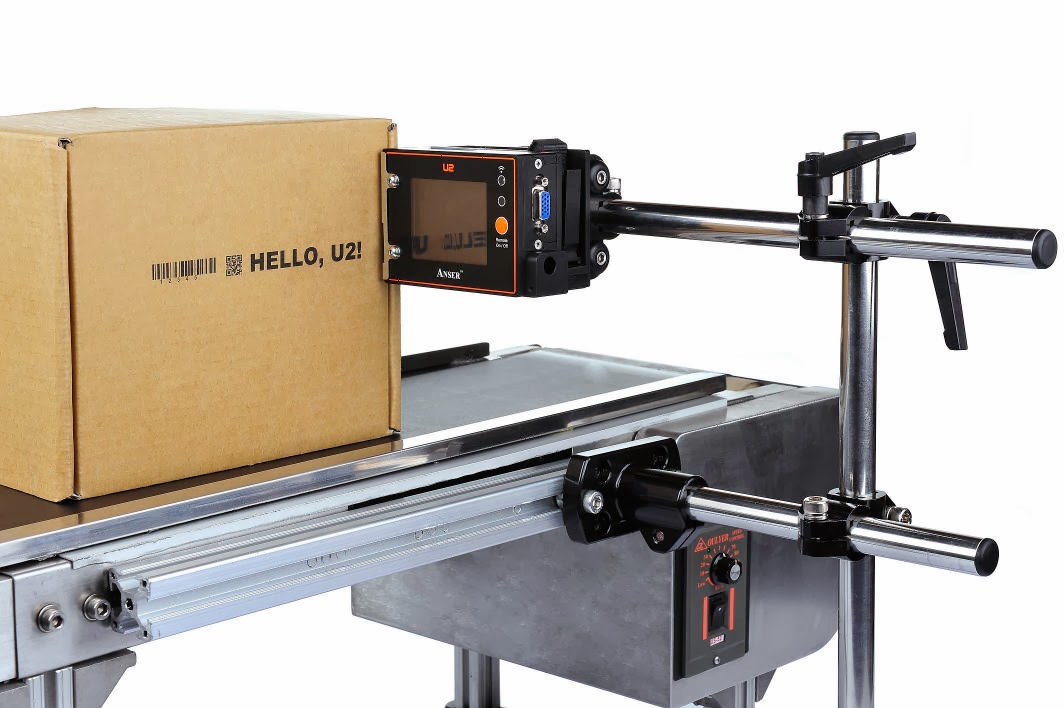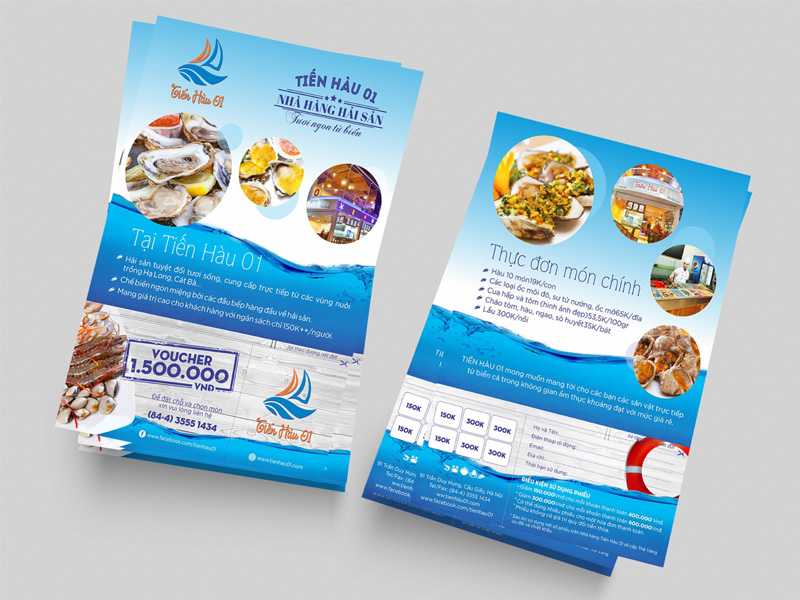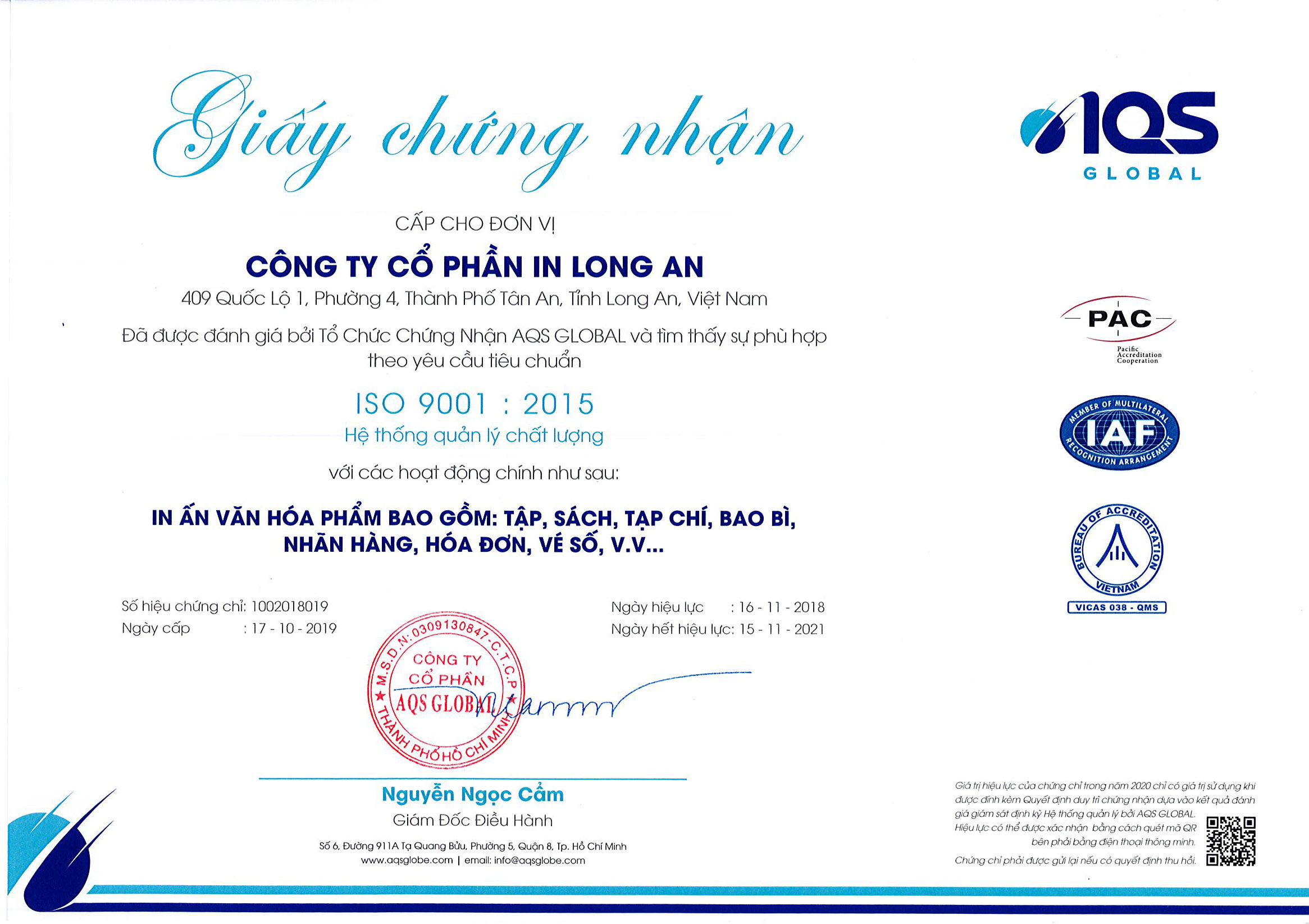Nanotechnology - new opportunities for industrial ink
The project is a research project Nanocure knowledge applications to enhance the value of products for the printing industry by means of a special nano. This is why Manroland perform many different activities in research projects related to nanotechnology.
One of the key points here is the project Nanocure (BMF Fkz 13 N 9115) where Manroland together with partner companies are working on is promoting the application of nanotechnology in the field of printing. Nanotechnology has become the key to future printing industry in general and in particular ink, not just in Europe but all over the world. If printing themselves out to be inherent walls of it, especially in areas such as electronics, printing will reap more successes in the use of nanoscale particles and materials in ink.
"Nanotechnology is not new anymore" - Barry Park, director of production at Network exchange nanotechnology (Nanotechnology Knowledge Transfer Network) - was funded by the British government, said at a recent conference in London Brittle. "This technology also provides the basic foundation for many exciting new products, industry observers forecast revenue of products based on nanotechnology will be a trillion dollars in 2015," - he added. Printing industry is well placed to benefit from the massive growth in the sales of nano technology, because the scope of the application of printing technology in materials with nano-sized a large and low cost as printing inks and coatings on various substrates.

Currently, most of the materials used to make nanoscale materials such as carbon, silver, iron, titanium oxide, aluminum oxide, cerium oxide, zinc oxide, silica, silicon oxide, dendrime, and including nano clay in ink formulations and coating, although not necessarily with immediate effect.
However, nanotechnology in the printing industry as well as in other sectors, are faced extremely difficult challenges. Not to mention the biggest concerns about health and safety, especially in Europe where lawmakers and leaders have made no further moves on nanomaterials. "Currently the safety information on nanomaterials was not very full" - Steve Hankin, senior consultant of the Institute of Occupational Health of Edinburgh, speaks at a conference London - funded by the British Government and chemical Industry Association. "There are important knowledge gaps in science toxic, the chemical and physical characteristics and the data to be made" - he said. This creates rated risky and difficult to manage nanomaterials.
As a result, many European companies asserted that the supplier has informed them about the presence of nanoscale components in their products, especially in packaging. Furthermore, the safety issue, a major hurdle is that the appreciation of the research and development of nanomaterials and their applications. It now requires a team of highly qualified research and expensive equipment. To keep up with such developments, small companies particularly companies seeking capital are very concerned about this issue.
"Technology is moving from site require solutions and materials to the site simply requires complex technology," Paul Reip - founder and director of Intrinsiq, British company specializing in developing SME ink nano for printed circuit boards.

A combination of the required strict adherence to health and safety in the county and produce nanomaterials with prices rising research and development are making nanotechnology is beyond the ability of the company ink. Even many big companies in the market are not enough ink for investment expenditures to establish a team of experts in this area at the company.
So instead cooperate with experts in nanotechnology, one of them benefited from the universities and research institutes in Europe, has expanded into the field of printing inks produced by their or provide nanoparticle dispersions - substances dominate in the composition of the ink.
For decades, manufacturers of ink has been used ink milling process to produce nanoscale pigment particles to improve their working ability and quality color ink formulations. Nanotechnology is used in traditional coatings to achieve properties such as scratch resistance is being introduced for all kinds of printing such as coated in varnish. Toner particles and nanostructures can be used in most printing processes, especially the appearance of printed electronics (printed circuit board) applications by multiple print devices.
Nanomaterials are being printed on many surfaces for labels and hang tags (tags), RFID, glowing screen using organic light emitting diodes (OLEDs), flexible battery version, sensors and solar cells.
One of the biggest applications of nanotechnology in the ink-jet printing, because the requirements are extremely small particles in their formulations, particularly dye and pigment. "Inkjet printing developed in parallel with nanotechnology" Kay Yeong, scientists at Xenia, who developed the device and ink-jet system, said at a conference in England on nanomaterials organized by NanoCentral - a technology development agency of the British government. "One positive aspect of the development of nanomaterials is in addition to complete the maturity of inkjet technology."
Examples of nanomaterials and inkjet microphones now extends to chromium and chromium optical power with visible effects (visible) as the signal, antibacterial, flame retardant, metal and graphite conductive, magnetic materials, enzymes and other biological materials including liquid crystal.
Nanomaterials traditional and inkjet increasingly used in security printing, brand protection and anti-counterfeiting purposes - this is one of the main markets of nanotechnology in print.
Derek Illsley, leading scientist of Sun Chemical in the UK, providing details about the conference NanoCentral of silicate nanocomposite peeling the polymer solution can be printed as protective coatings for products like food . The company stated that it has a low oxygen permeability than the packaging using conventional barrier materials.
"Composite coating layer can prevent oxygen protective covering packaging with excellent barrier properties," he said Illsley. "The coating may be used by the traditional method of printing."
Vendors and developers of nanotechnologies capable of printing in Europe are increasingly monitoring the dynamics of the leaders in water levels and continents. One problem for lawmakers is the lack of a clear definition of the difference between nanomaterial manufacturing artificial nanoparticles from the surrounding nature.










